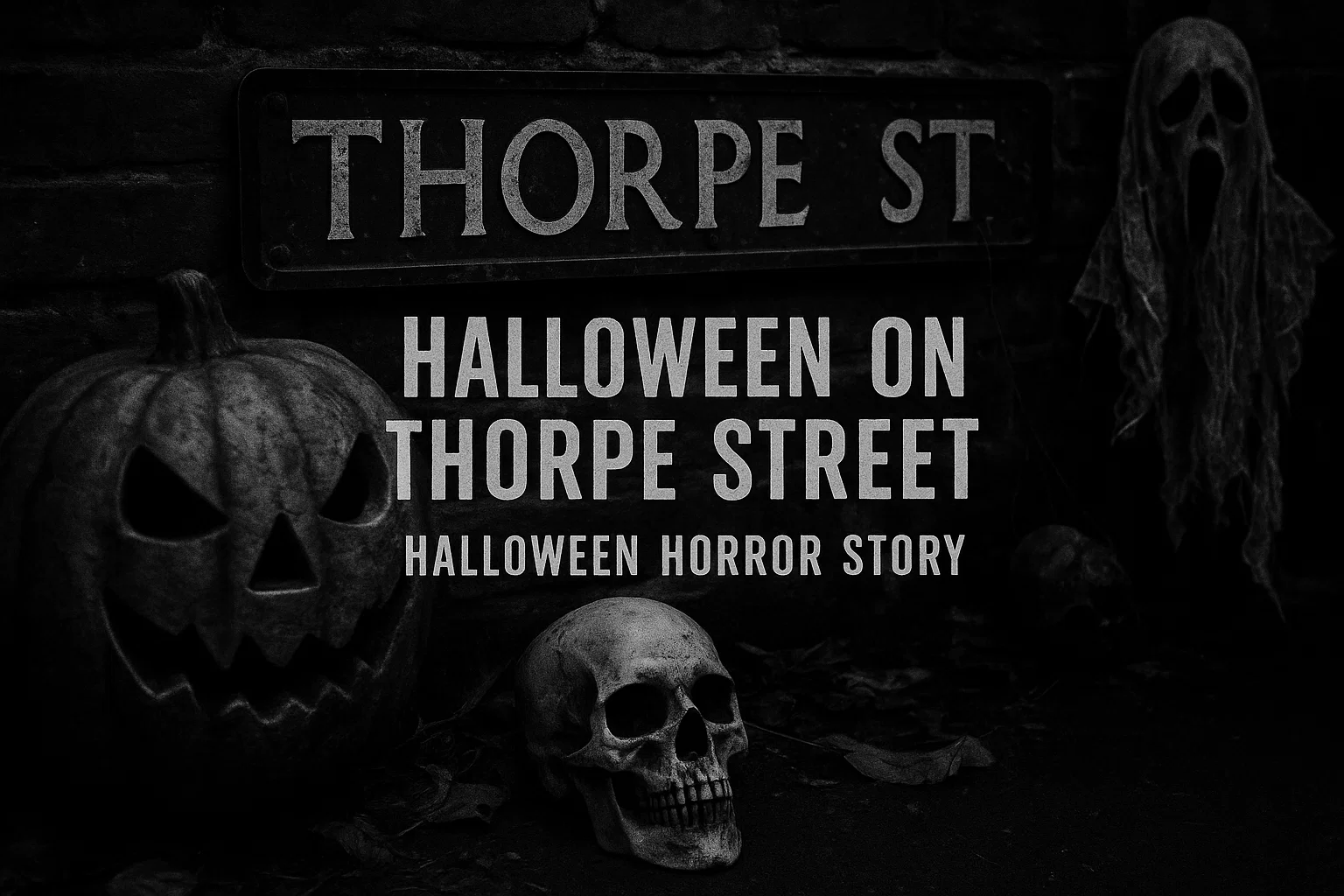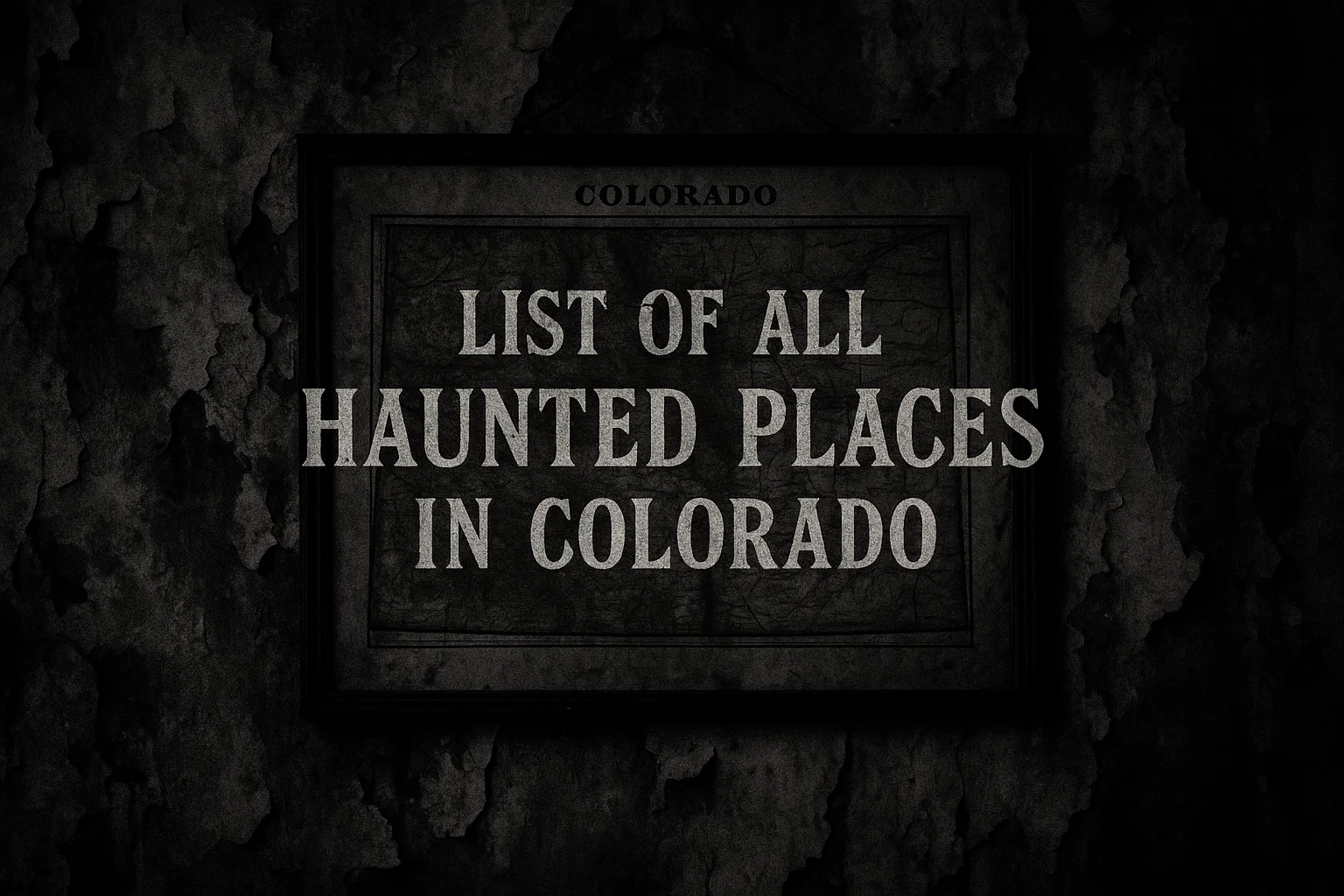In “Halloween on Thorpe Street,” a seemingly idyllic community transforms its cul-de-sac into a festive haven for trick-or-treaters, drawing children with handmade treats and charming decorations. But beneath the facade of paper lanterns and playful skeletons, the residents orchestrate a strange ritual, exchanging sweets for something far more precious.
We always make the treats ourselves. Betty creates delicious tiny fruit pastries, George bakes cinnamon-spiced apples, and I display my expertise with my famous caramel candies.
Our 55+ community attracts more trick-or-treaters than all the nearby family subdivisions. The town has an unusually high number of car accidents, so parents prefer their kids to stay within the safety of our quaint cul-de-sac. You never know who might be driving on Halloween night.
The atmosphere is always joyful. For one evening, Thorpe Street sparkles like a carnival. Cheerful wooden skeletons welcome children at doors decorated with woven spiderwebs—nothing too spooky, of course. It must feel safe.
Their enthusiastic participation is the essence of the occasion. Paper pumpkin lanterns illuminate porches, replacing jack-o’-lanterns that are too challenging for arthritic hands to carve.
As the sun sinks below the hills, children start trickling into the cul-de-sac, accompanied by parents who remain in their vehicles, allowing their little ones to scamper along the sidewalks. We take pride in making sure that everything the kids see is handmade. The more effort we put in, the richer the exchanges we can secure.
The moment we hear the first soft knock, rapped by small hands, the show begins.
There they stand, a group of six-year-olds in costumes we sometimes can’t quite identify, chanting “trick-or-treat” and holding out plastic pumpkin buckets.
Sometimes, we even like to share some of our favorite Halloween horror stories with them. Of course, nothing too grim. Just some spooky stories for kids. They love them. And the happier they are, the more we can get out of the exchange.
We marvel at the adorable cat outfits and the bold Spider-Mans, listening closely as a young boy excitedly explains he’s dressed as something called a “Pokémon.” One of those Japanese cartoons, we assume. It doesn’t really matter. As long as the night feels enchanted for them, it will be enchanting for us. It’s the pinnacle of the evening.
We offer them a delicious treat, they accept it, dropping it into their buckets, and the bargain is sealed. It’s unspoken, but that’s enough for this kind of pact.
It’s tough to pinpoint exactly how much time we gain from each exchange. A few months, perhaps; Jordan insists he gains half a year for every one of his marshmallow ghosts he gives away.
The children won’t notice the time they lose—not for years, at least. When their time runs out, it’s gone. That’s the deal. My time ran out long ago, but that’s why I started this tradition.
I’m still thriving, ninety years past when I should have passed away. I gained twenty-seven years from Bill Hawthorne alone; his heart attack at forty-one was tragic, sure, but not unexpected. He made some very generous deals.
Matilda Marston choked on a peanut last year at thirty-four. And there are just so, so many car accidents. You never know who might be next.
But we do.







